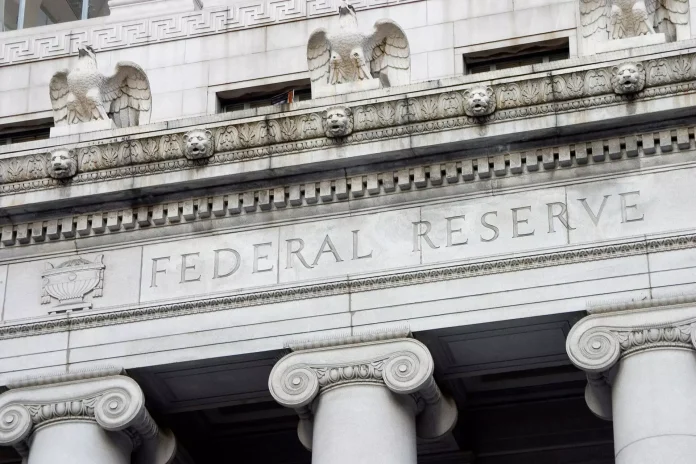The US Federal Reserve (US Fed) is preparing to announce its first interest rate cut in four years, discussing a 25 or 50 basis point reduction as inflation falls. The decision comes ahead of the presidential election in November 2024.
The interest rate cut will come this month as inflation falls to the bank’s long-term target of two per cent and the labour market continues to cool, according to senior US central bank officials, including Fed chief Jerome Powell. The Fed has emphasised it will decide whether to cut rates based solely on economic data despite a dual mandate from Congress to act independently to ensure both stable prices and maximum sustainable employment.
Wednesday’s cut could still be a headache for the Fed chief as it comes just before an election in which former Republican President Donald Trump is competing against current Democratic Vice President Kamala Harris.
The rate cut of any significance would be the Fed’s first move since March 2020, when it cut rates to near zero to support the US economy during the COVID-19 pandemic. The rate hike came in 2022 in response to a spike in inflation caused largely by post-pandemic supply shortages and the war in Ukraine.
Hence, for the past 14 months, it has kept the key interest rate at its highest level in two decades, between 5.25 per cent and 5.50 per cent, as it waited for economic conditions to improve. Policymakers figured the time for a cut was ripe amid the fact that inflation is falling, the labour market is easing and the economy is growing.
There are two options: either make a small 25 basis point cut to cushion the situation, or a more aggressive 50 basis point cut, which would be beneficial for the labour market but could also risk a resurgence of inflation. However, the smaller size of the cut remains the preferred option.
I think that in advance of the November meeting, there’s not quite enough data to say we’re in jeopardy on the employment side. The Fed likes predictability. It’s good for markets, good for consumers, good for workers. So a 25 basis point cut now, followed up by another 25 basis point cut in November after the next round of economic data, offers a somewhat smoother glide path for the economy, Alicia Modestino, an associate professor of economics at Northeastern University, told AFP.
Overall, analysts expect the Fed to start cutting rates in September, albeit it is not yet clear what will happen next. The issue will become clearer when the Fed releases updated economic projections from its rate-setting committee on Wednesday.
In June, FOMC members sharply reduced the number of cuts scheduled for this year from an average of three to just one amid a slight rise in inflation. However, as inflation dropped and the labour market softened, expectations for further cuts have risen. Traders also see a more than 99 per cent probability of at least four additional cuts in 2025, bringing the Fed’s key lending rate down to 3.5-3.75 per cent – 175 basis points below current levels.
